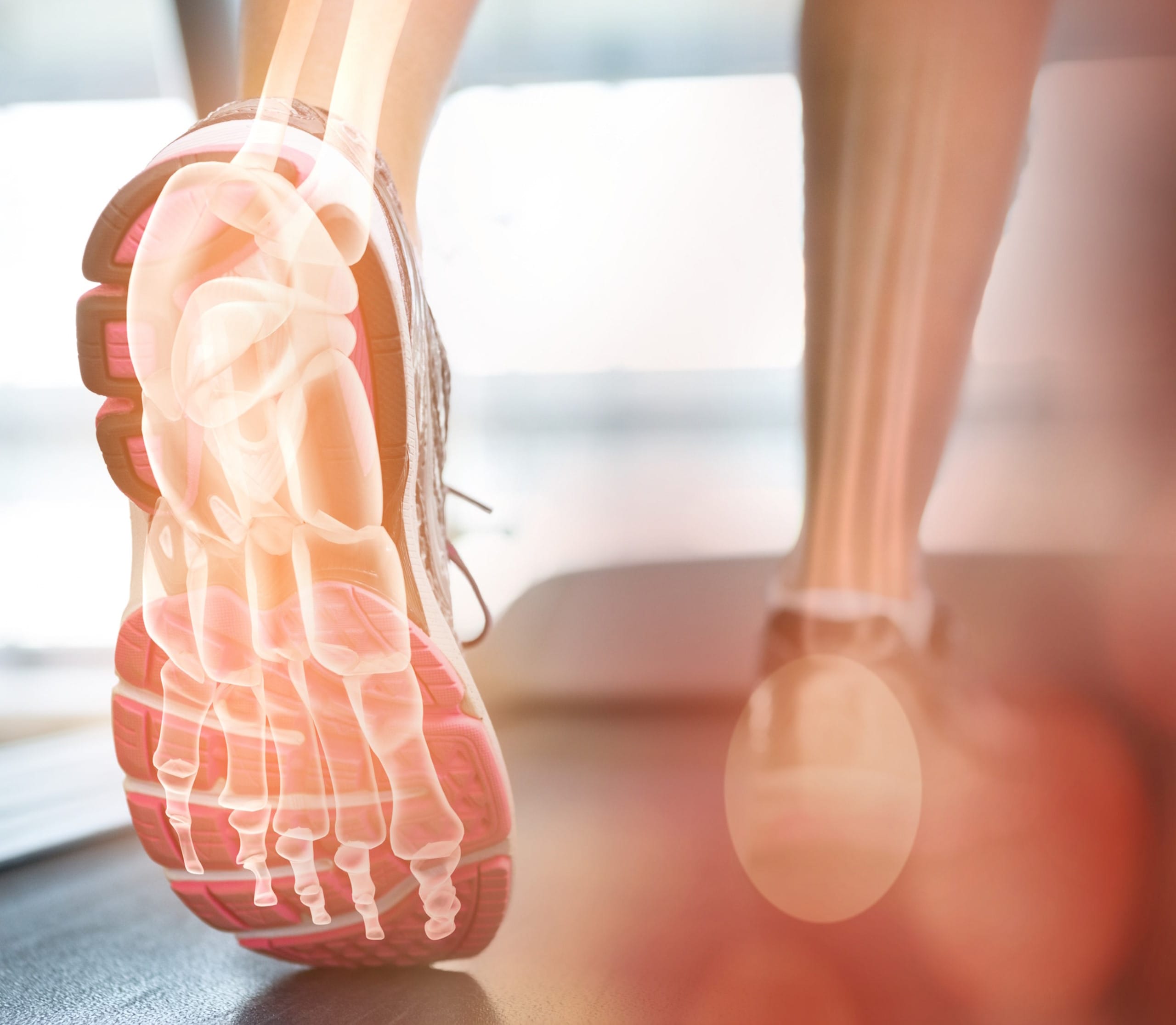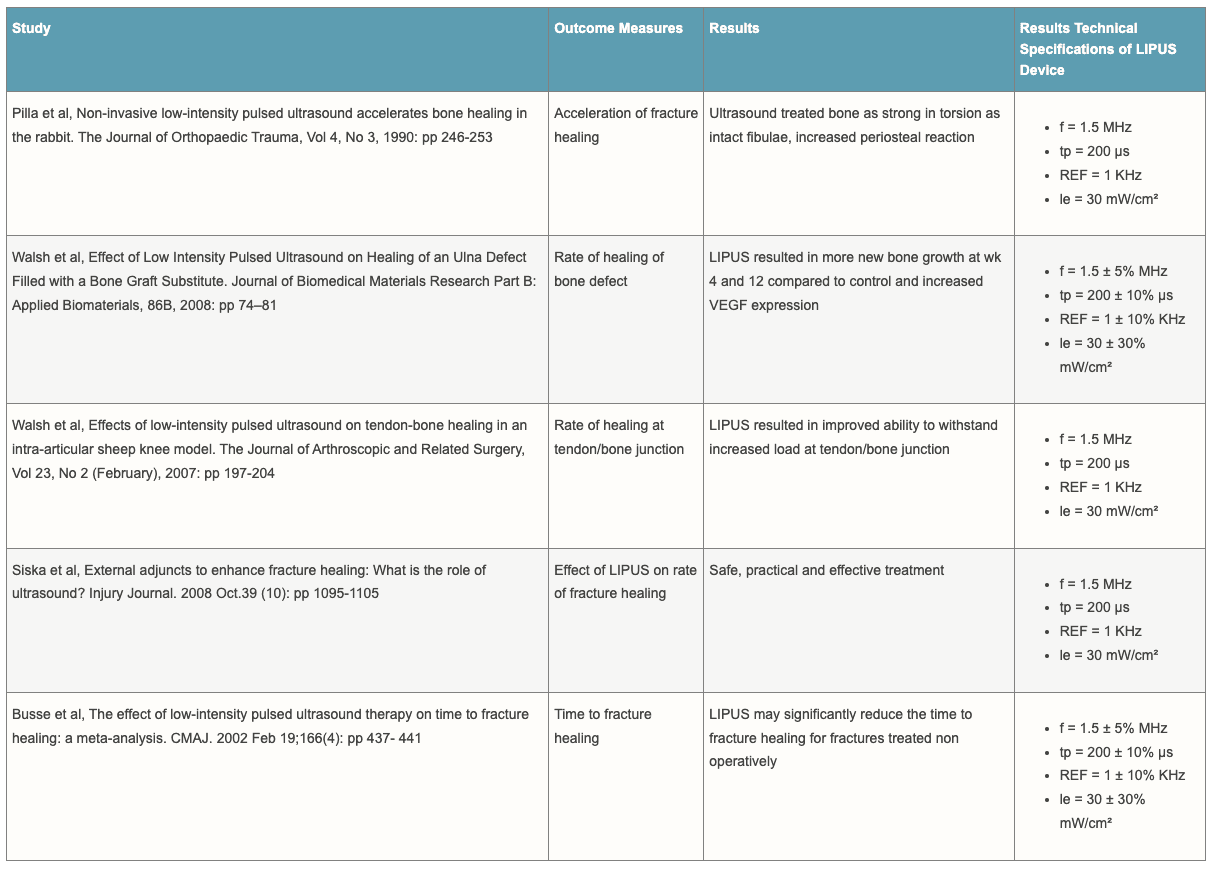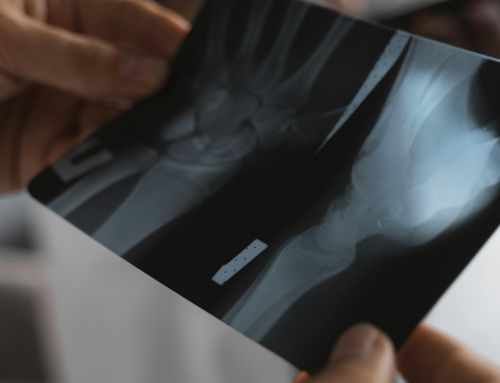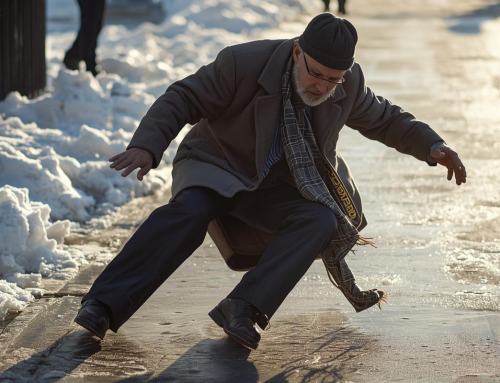If the ball of your foot hurts when you walk, run, or even just stand for long periods, you might chalk it up to overuse or tight shoes. But persistent pain beneath your big toe could be a sign of something more serious: a cracked sesamoid bone.
Though small, sesamoid bones play a crucial role in foot movement. When injured, they can cause long-term pain and limit mobility if left untreated.
In this article, we’ll explore what a cracked sesamoid bone is, how to identify one, and what treatment options can help you heal—including innovative approaches like LIPUS therapy.

What Are Sesamoid Bones?
Sesamoid bones are tiny, pea-shaped bones embedded within tendons. In your foot, two sesamoids sit beneath the big toe joint. They help absorb impact, guide tendons, and provide leverage when walking or running.
Unlike other bones that connect to joints, sesamoids are more exposed to pressure and overuse, making them prone to stress-related injuries.
Common Symptoms of a Cracked Sesamoid Bone
If the ball of your foot hurts consistently, particularly under the big toe, a cracked sesamoid bone could be the cause. Watch for these signs:
→ Localized pain in the ball of the foot, especially beneath the big toe
→ Swelling or bruising in the ball of the foot
→ Difficulty bending or straightening the big toe
→ Pain that worsens with activity or when wearing tight shoes
→ A possible "pop" sensation at the time of injury
If the ball of your foot hurts and these symptoms sound familiar, it’s important to seek professional evaluation. Left untreated, a cracked sesamoid bone can lead to chronic pain and even joint damage.
What Causes a Cracked Sesamoid Bone?
These fractures are typically caused by repetitive stress, not a single traumatic incident. This makes athletes, dancers, and people who spend long hours on their feet especially susceptible.
You’re more at risk if you:
- Participate in high-impact sports like running, basketball, or dance
- Frequently wear unsupportive footwear like high heels or tight shoes
- Have high arches or other foot structure issues
- Recently increased your activity level
According to a 2023 study in the Journal of Foot and Ankle Research, forefoot stress fractures—including sesamoid injuries—are increasingly common among adults aged 30 to 50. This trend makes early intervention more important than ever.
Diagnosing a Cracked Sesamoid Bone
If the ball of your foot hurts and you suspect a cracked sesamoid bone, consult a healthcare provider promptly. Diagnostic tools may include:
- X-rays: Standard imaging can often detect a fracture, but sesamoid bones can be tricky due to bone variation.
- MRI or CT scan: These images provide a more detailed view, especially helpful in identifying stress fractures or soft tissue damage.
- Bone scans: Occasionally used to detect subtle or stress-related fractures.
The sooner you receive a clear diagnosis, the better your chances for a full recovery.
Treatment Options for a Cracked Sesamoid Bone
Treatment depends on the severity of the fracture and how early it is diagnosed. Most sesamoid fractures can be managed without surgery. Severe or displaced fractures may require surgery, but many patients recover without it.
1. Rest and Offloading
Give the bone time to heal by reducing weight-bearing activity. This may involve:
- Wearing a walking boot or stiff-soled shoe
- Using crutches to limit pressure on the forefoot
- Taping or padding the area to reduce stress on the sesamoid bones
2. Pain Management and Physical Therapy
- Anti-inflammatory medications
- Cold therapy to reduce swelling
- Stretching and strengthening exercises to support recovery
3. LIPUS Therapy for Accelerated Healing
Low-Intensity Pulsed Ultrasound (LIPUS) therapy is a clinically backed, non-invasive treatment that accelerates bone healing. Devices like Melmak LIPUS send gentle ultrasonic waves to the fracture site, stimulating bone cell activity and improving blood flow.
Studies show that LIPUS can speed up healing in fresh fractures by up to 38% and has an 86% success rate in healing non-union fractures. For hard-to-reach areas like sesamoid bones, LIPUS offers a powerful recovery boost.

When Is Surgery Needed?
Surgery is rarely the first choice but may be considered when:
- The fracture doesn't heal with conservative treatment
- The bone fragment is displaced or causing joint problems
Surgical options may include sesamoid removal (sesamoidectomy), but this can affect foot function and is typically a last resort.
Preventing Future Sesamoid Injuries
If the ball of your foot hurts frequently or you've previously had a cracked sesamoid bone, consider the following preventive measures:
✓ Choose supportive, cushioned footwear
✓ Avoid high heels or shoes with narrow toe boxes
✓ Incorporate foot-strengthening exercises into your routine
✓ Gradually increase physical activity to avoid overuse injuries
✓ Use orthotic inserts if recommended by your healthcare provider
If the ball of your foot hurts, don’t ignore it. What might seem like a minor ache could be a sign of a more serious issue, like a cracked sesamoid bone. Early diagnosis and a well-rounded treatment plan, including rest, physical therapy, and LIPUS therapy, can help you get back on your feet faster and with less risk of long-term problems.
Finding Relief Starts with the Right Support
Persistent pain in the ball of your foot could be more than overuse. It could be a cracked sesamoid bone. At Fracture Healing, we help you find answers and support your recovery with advanced tools like LIPUS therapy.
Need help with foot pain? Contact us to learn how we can support your healing with science-backed, convenient care.
Let’s Hear From You!
Have you experienced foot pain or a sesamoid injury? What helped in your recovery? Share your story in the comments—your insights could help others heal too.





